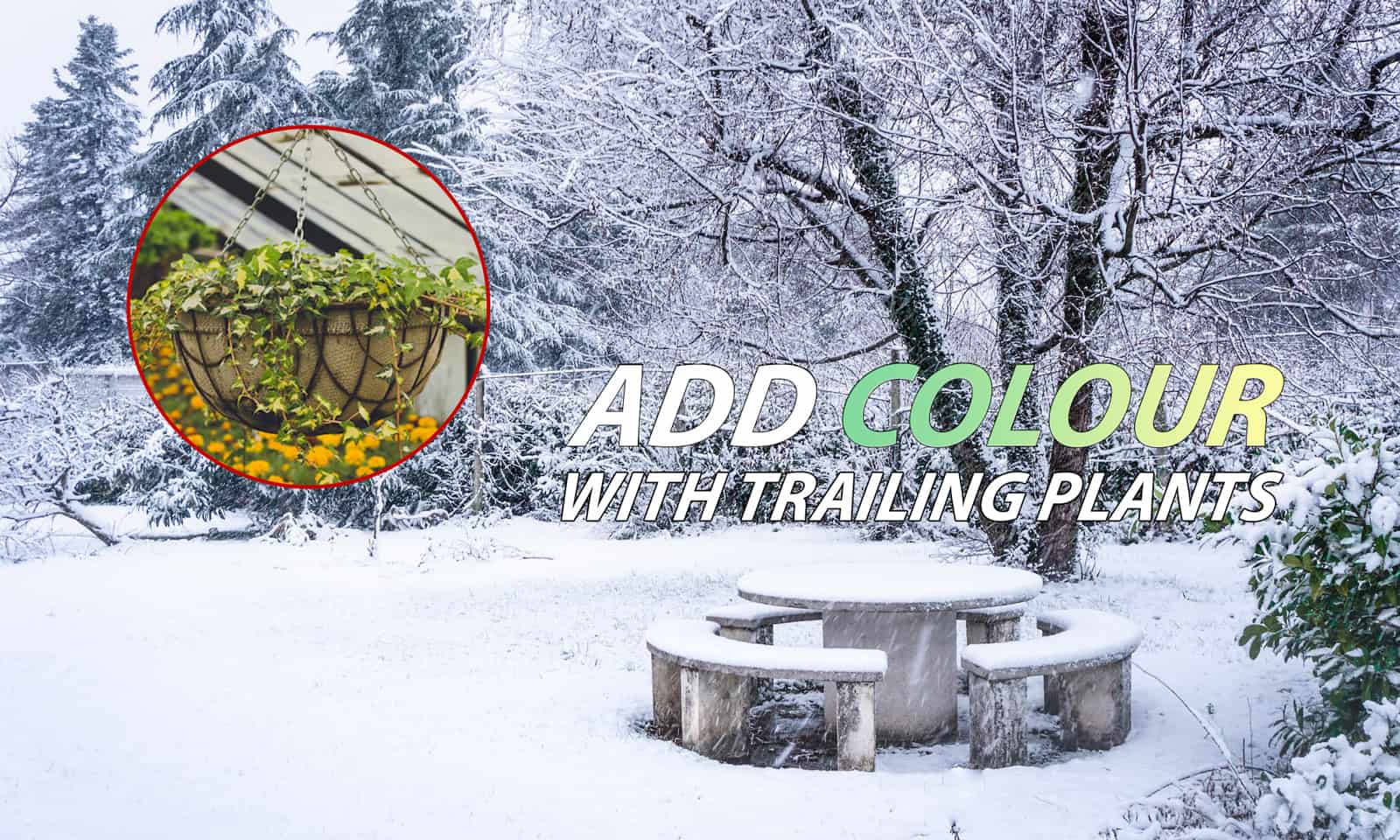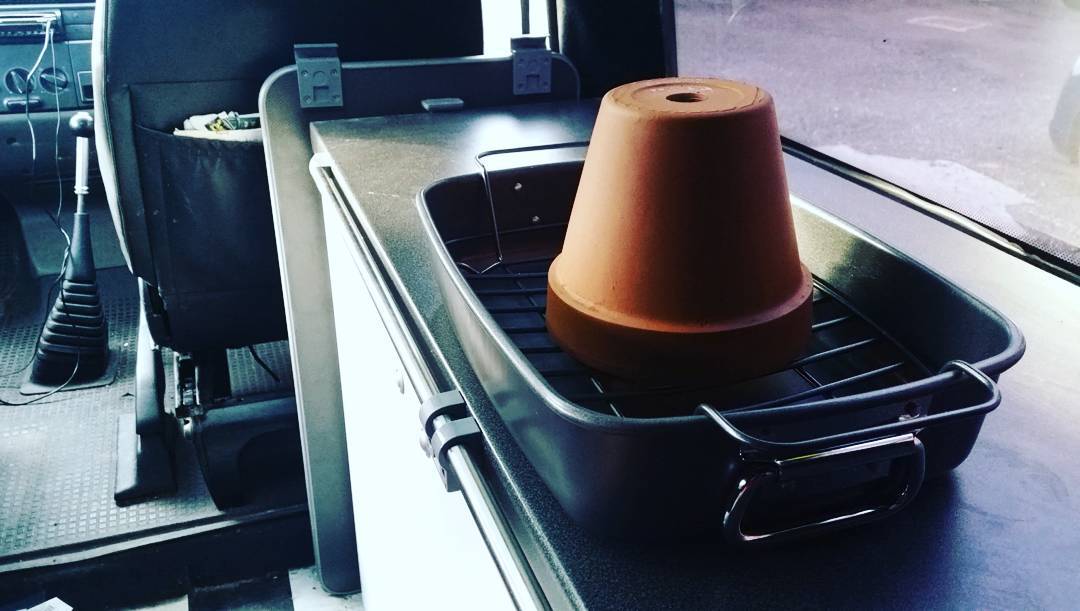The name ‘trellis’ originates from the French word for workers who used to manage care for the vines: the treillageurs.
In Europe, countries began to define trellis in their own language from the 14th century onwards.
Trellis is a support we use for climbing plants such as vines and roses. Trellis appeared in many English, French, Italian and Mediterranean gardens, usually as wooden supports for climbing plants.

Credit: Shutterstock
However, use of the trellis dates back further than French supports for grape vines. Let’s take a look at trellis around the world…
Trellis: English style
In England, gardens in many of the National Trust’s stately homes and Kew Gardens demonstrate very inventive use of trellis to provide support for roses and other plants. Trellis was also used in the construction of pergolas, where you can see the interlaced wooden pieces as part of the roof structure.
The famous English rose garden is very common both in the UK and Europe, where the climate supports these gorgeous flowers. The trellis is an integral part of the growth because the rose will often climb as high as the trellis allows.

Credit: Shutterstock
In modern gardens we often see walls with wooden and wire trellis attached, to train a variety of plants such as Passion flower, Clematis and roses. Trellis can also be interpreted in a woven fence known as picket fencing, which is a great provider of shade.
Wattle or picket fences were a tradition of the British countryside. Pruned branches were hand woven into fences to provide support for plants, protection for animals and farmers could utilise hazel cuttings when they were coppiced every year.

Credit: Shutterstock
This type of woven trellis fence offers a textured, natural background for pond features which can be provided by your own pruned trees and some hard work. This fence can also be used as a support for climbers like clematis or vines.
Trellis in Asia and Australia
In China, the use of trellis was very decorative and includes the moon trellis, a large wooden circle, bordered with decorative trellis to make a square or rectangular frame.
These panels mirror the circular moon gate tradition in Chinese gardens and became a good luck tradition for newly-weds to walk through.

Photo by Ruth Temple via Flickr
In your garden, a moon trellis can offer a fantastic view of your garden through the circular section, while you can drape plants on the surrounding lattice work. A good luck charm for your home!
Moon gates became fashionable in British territories worldwide in the 19th century, including Bermuda, which retained the idea of them as a good luck charm for the honeymooners.
Historic manuscripts and paintings from Japan show wooden, free-standing trellis in many outdoor settings and today, both Japan and Korea offer trellis lovers a range of fences, shapes and designs which are often incorporated into Zen gardens.

Credit: Shutterstock
In busy cities, gardens with distinctly patterned trellis are planted with flowers, offering tranquillity for workers. If this is what you crave in your garden, there are exquisite patterns for trellis available to bring serenity and peace to your home space.
Australia has a multitude of climbing plants and flowers with the most exotic names! The gorgeous, long flowering Wonga Wonga vine and the Bower of Beauty vine thrive on any trellis.

The Wonga Wonga vine climbs anything; credit: Shutterstock
Macadamia nuts, native citrus fruits, Eucalyptus and Kangaroo Paws flowers all thrive in Australia.
Trellis in the Americas
The 19th century American poet, Walt Whitman, immortalised trellis in his poem “Give me the Splendid, Silent Sun”. He evokes a world where humans inhabit a world “where the field with the unmow’d grass grows” and he declares “Give me an arbor and the trellis’d grape”.

Bet Walt would’ve loved these grapes; photo by Milada Vigerova via Unsplash
Trellis all over the continent in both north, central and South America offers a history of indigenous Aztec, Maya and Inca intensive cultivation of produce, using irrigation techniques as well as plants supported on trellis-like structures.
Spanish Conquistadors were amazed at the floating gardens in Mexico City, called Chinampas which floated on water. These amazing man-made structures provided food for the whole urban population and maps and drawings show the extent of the knowledge of agriculture.
Bamboo grows in the tropical or subtropical areas of the world, including the US, Brazil, Asia, Africa and Latin America. So bamboo became a support for climbing plants from the southern United States all the way to Patagonia including Chile and Argentina.
Bamboo fencing and trellis can be bought everywhere in Latin America in big shopping centres and tiny garden family-owned shops.
The Trellis Society in Canada celebrates and Aboriginal Awareness Week annually, celebrating indigenous agricultural techniques and methods. In Calgary every summer solstice, this week allows First Nations, Métis and Inuit communities to share their expertise to the local community.
Trellis in Africa
African agriculture is so dependent on climate. Soil tends to become either waterlogged in the rainy season or parched in the drier months.
Typical agricultural crops historically included tea, coffee, cocoa, and grapes which can grow on this continent. Trellis use in Africa was mainly for growing grapes.
In Zimbabwe in the 1990s people were destitute due to high unemployment rates combined with the devaluation of their currency. People in Harare began to cultivate food to avoid starvation. Using any waste land they could find, large numbers of gardeners began a trend of urban agriculture growing corn, groundnuts and a range of vegetables and fruit.
Fantastic DIY trellis options were used, fashioning support from discarded boards or any waste material. Paprika, hot peppers, nuts and green vegetables are now commonplace. In 2002, a declaration that 60,000 hectares of land were to be made available for subsistence farming by residents was welcomed by many.
There is a university-led initiative called the Trellis Fund in the US, which aims to allow their graduate students to share their expertise while learning from local practice in Africa. The Trellis Fund connects organisations in developing countries with U.S. graduates who assist in finding solutions to the challenges which local farmers are struggling to overcome.
Trellis in our modern world
In the 21st century, garden centres offer trellis for arbours, decorative flowers and vegetables in addition to a range of materials for DIY trellis inventions.
These can include bamboo structures for beans and wooden trellis mounted on cold, stone walls to add colour and provide pleasant shady parts of the garden, as well as privacy.
If you have an empty space and are considering using a trellis, some DIY options can include:
- Old bicycle inner tubes, used to make a series of strong lines to support plants
- Wire from household projects, to wind plant tendrils around
- String or leftover wool, to tie in cucumbers, tomatoes or climbing beans
- Pruned branches from trees, to make tepees for Runner beans
- Frames for old windows or doors, for shade, which can be decorated brightly with help from your younger gardeners
So have a look through your household waste and see what can be re-utilised for a DIY trellis as plant support or shade. Enjoy!

Save this pin for later








